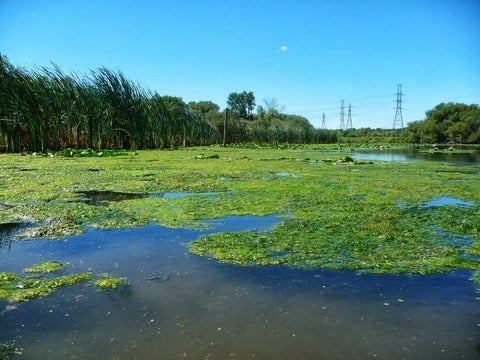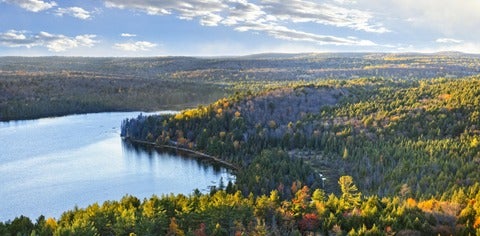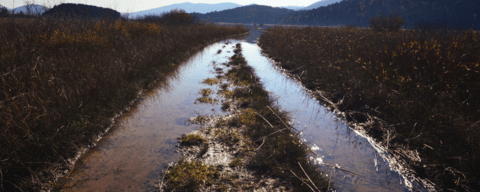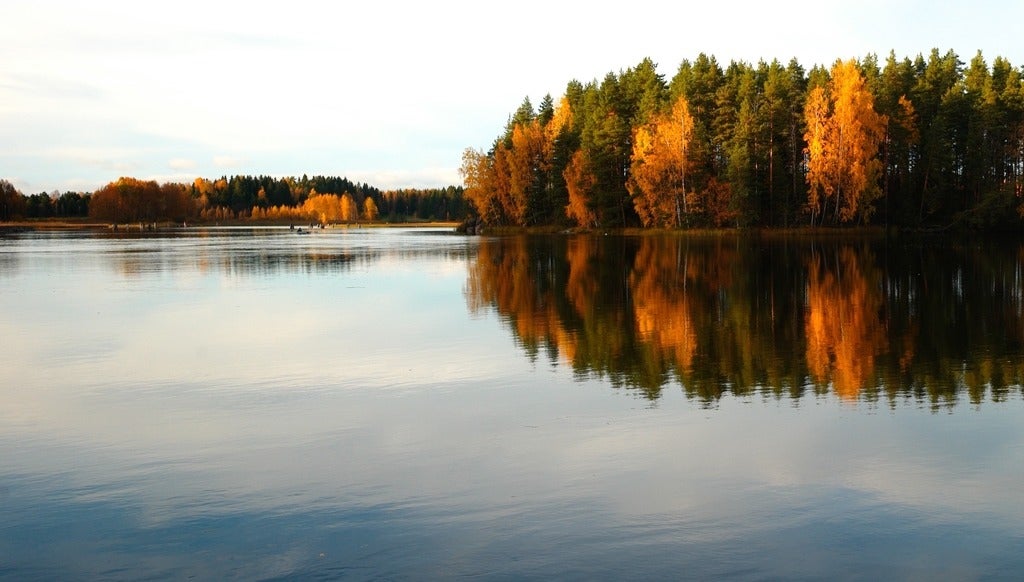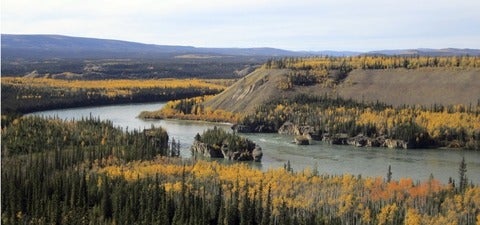Gulf of Mexico dead zone not expected to shrink anytime soon
Achieving water quality goals for the Gulf of Mexico may take decades, according to findings by Global Water Futures researchers at the University of Waterloo.
The results, published today in Science, suggest that policy goals for reducing the size of the northern Gulf of Mexico’s dead zone may be unrealistic, and that major changes in agricultural and river management practices may be necessary to achieve the desired improvements in water quality.
